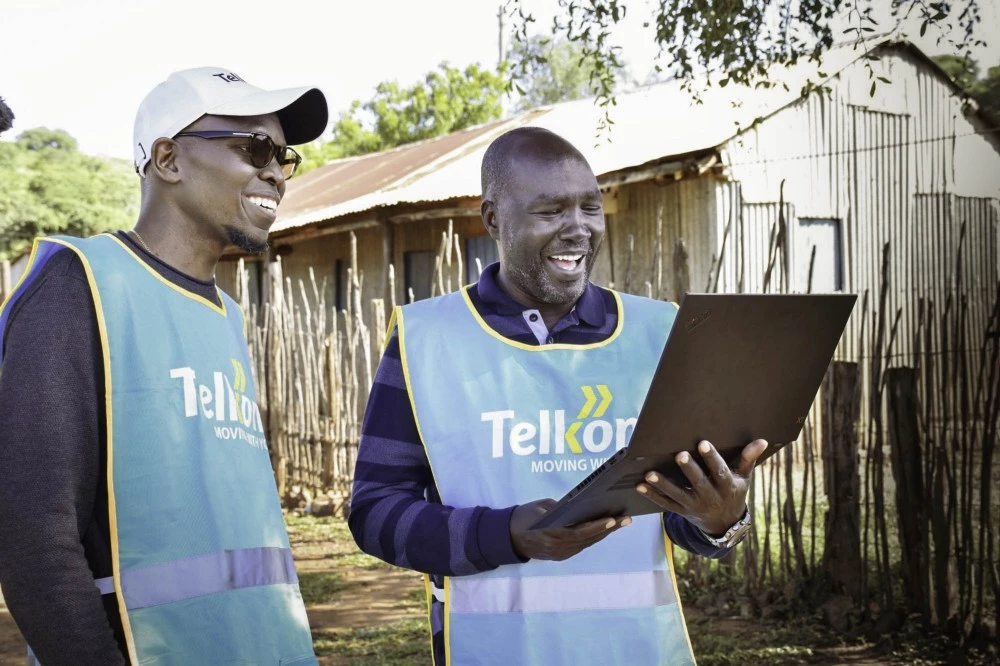After a long series of test runs and stints serving disaster-struck populations in Puerto Rico and Peru, Alphabet’s internet-beaming Project Loon balloons have taken on their first commercial task. The company has now deployed the high-flying communications aircraft over Kenya, where they are providing thousands of folks with an entirely novel form of internet access.
Project Loon is a venture cooked up in Google’s secretive X lab and is hoped to connect large sections of the global population that currently don’t have access to the internet. These solar-powered balloons are fitted out with communications instruments and sent into the stratosphere, where machine-learning algorithms guide them into tight networks that provide connectivity to those on the ground below.
These clusters have been tested out in New Zealand and Brazil, and were also deployed on an emergency-relief basis following an earthquake in Peru and hurricanes in Puerto Rico. Project Loon has now partnered with Kenyan communications firm Telkom to bring its balloon-powered internet to the country.
The service is not only the first commercial deployment of Loon’s balloons, but also the first time such a technology has been put to use in Africa. The service area covers almost 50,000 sq km (19,300 sq mi) of central and western Kenya, with more than 35,000 unique users connected to the network so far.

And the balloon internet is no slouch, with recent testing showing upload speeds of 4.74 megabits per second, download speeds of 18.9 Mbps, and latency of 19 milliseconds. Project Loon expects the reliability of the service to improve as more balloons are added, though it has already shown to be capable of supporting YouTube, WhatsApp, email and web-browsing, according to the team.
You can find out more about Project Loon in Kenya in the video below.
Source: Project Loon





